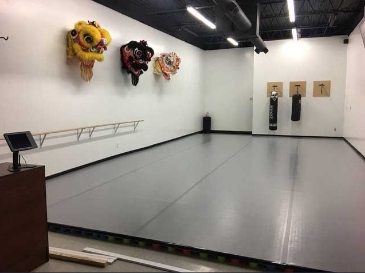
One notable trend in responsive LED dancing floors is the incorporation of smart tech. Many recent models incorporate detectors that detect motion and adjust the illumination accordingly. This means that the surface can change hues, patterns, and effects based on how numerous people are moving and where they are positioned. This reactivity creates a lively environment that encourages involvement and enthusiasm. Additionally, some designs enable users to control the illumination through smartphone apps, providing them the ability to customize their encounter in real-time.
Another crucial trend is the use of sustainable materials and power-saving tech. As ecological concerns increase, many designers are focusing on creating LED dance surfaces that are not only visually impressive but also sustainable. This comprises utilizing repurposed resources for the floor's building and implementing energy-saving light-emitting diode lights. These innovations help reduce the environmental impact of gatherings while still providing a mesmerizing visual encounter. By focusing on sustainability, creators are appealing to a more environmentally aware audience.
The integration of enhanced reality (AR) is also changing the interactive dancing floor experience. AR tech allows users to see virtual graphics and visuals superimposed on the real world through their smartphones or AR glasses. This can improve the dance surface experience by introducing virtual components that engage with the physical space. For instance, dancers might witness moving characters or graphic effects that react to their actions, creating a distinctive and engaging environment. This pattern is particularly appealing to millennial crowds who are familiar to virtual engagements in their daily activities.
Additionally, the design of interactive light-emitting diode dance floors is growing more flexible and adaptable. Many recent designs can be easily set up in different settings, from short-term events to long-term installations. This adaptability blog here enables venues to develop tailored experiences that address to different concepts and audiences. Some models even include modular components that can be reconfigured to create different configurations and layouts. This adaptability not only improves the visual appeal but also allows for artistic design in gathering organization.
In conclusion, the future of responsive light-emitting diode dancing floors is being influenced by creative design trends that concentrate on innovation, sustainability, augmented virtual reality, and versatility. These developments are producing more engaging and immersive encounters for participants, establishing dance floors a key element of entertainment locations. As these patterns continue to evolve, they will probably reshape how people interact with sound and motion, ensuring that responsive LED dancing floors remain a favored option for events and celebrations.